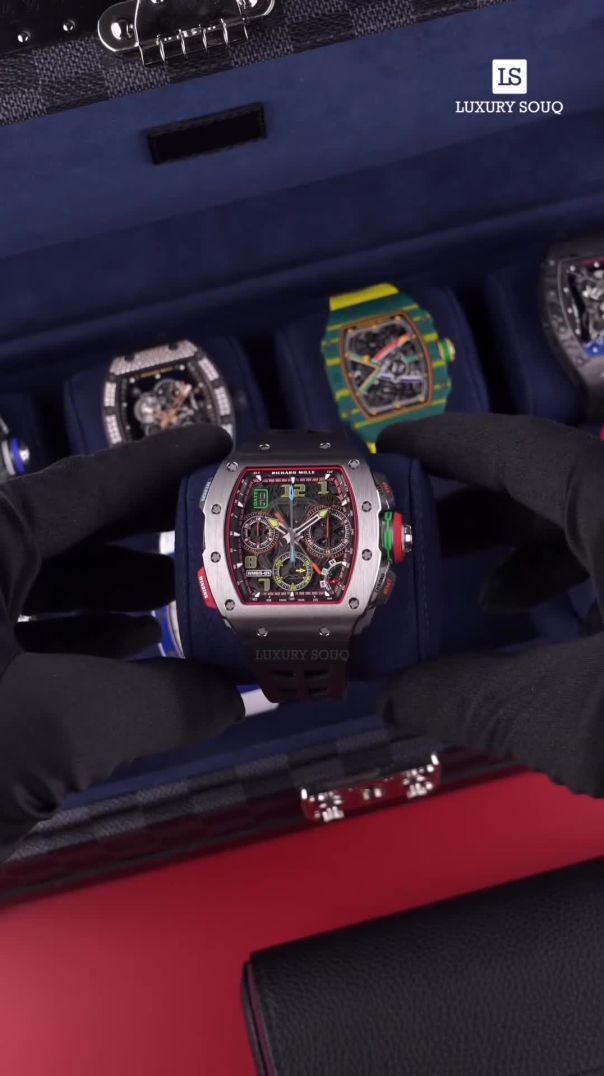4 Views· 09 September 2022
Toyota Yaris Hybrid 2021 In-Depth Review | All you need to know
Toyota Yaris Hybrid 2021 In-Depth Review | All you need to know.
✅ Check out our Online Shop : 👉🏻 https://teespring.com/stores/sda-dan-cars 👈🏻
🛑 Please SUBSCRIBE and activate the notification bell 🔔 :
👉🏻 https://www.youtube.com/c/SDAD....an?sub_confirmation= 👈🏻
---------------------------------------------------------------------------------------------------------------------
The new Yaris returns to the “big small” concept that inspired the first-generation model but interpreting it anew in a “condensed and agile” look that expresses a sense of the car being full of energy and dynamism and always ready-to-go.
Chief Engineer Yasunori Suezawa explained: “I wanted the styling to capture the stance of an athlete on the starting blocks. You can see this in the rear wings and the car’s new proportions – wider, lower and more compact – giving the impression of condensed power.”
While many B-segment models have been growing progressively longer, the new Yaris is actually shorter than the current model. But although overall length has decreased to less than four metres, the wheelbase has been extended by 50 mm, giving extra cabin space.
The GA-B platform has allowed the overall height to come down by 40 mm, while an increase in the vehicle’s width by 50 mm and an extra 57 mm in the track add to the car’s overall low, wide and powerful stance. The front and rear overhangs have been reduced, too, with 10 mm taken from the front (800 mm) and 45 mm from the rear (580 mm), further accentuating the overall compact dimensions and giving a class-leading turning radius, ideal for negotiating urban streets and parking spaces.
The new platform also gave the designers more freedom to produce an eye-catching, impactful design and emphasise Toyota’s individual design identity compared to its market competitors. The effect of the condensed proportions is amplified by strong character lines down the side of the car, projecting a sense of forward motion. The muscular front and rear wings add to the overall taut, coherent look and, together with the sculpted door panels, express the car’s agility and “ready-to-go” character.
The frontal design is focused on the large grille and central Toyota emblem. The designers have added to the dynamic look by pulling the base of the A-pillar rearwards (which also improves the driver’s forward view) and increasing the bonnet length. The new light units feature LED technology and include turn indicators that alternate with the daytime running lights. The headlights extend towards the front wheels in a strong styling feature that also reduces the perceived length of the front overhang.
The wheels are available in 15, 16 and 17-inch diameter, according to powertrain and model grade.
The interior reflects an overall “less is more” concept. It is a sharply designed space that has the solid, and high sensory quality and spacious feel of a car from a class above.
For the driver’s cockpit, the concept is “eyes on the road, hands on the wheel” with the arrangement of displays and controls organised to ensure the driver can focus on the road and keep informed of key vehicle data with the least distraction, and excellent all-round visibility.
“We worked on two main elements to achieve this,” said Chief Engineer Suezawa. “First we maximised visibility by setting the instrument panel lower and pulling the A-pillar further back. The front seats were also moved outwards, so there is more space between the driver and passenger. Second, we wanted to let the driver take in the flow of information with minimal eye movement, so we are offering a large colour (10-inch) head-up display.”
Details include a larger area of soft-touch padding across the dashboard; soft felt inserts in the door panels; a wider front console; a lower hood for the driver’s instrument binnacle; and a small-diameter, sporty steering wheel.
As detailed above, the new GA-B platform allowed for a reduction in the car’s overall length, making it the most compact model in its class, but with an increase in its wheelbase. This has been key to achieving interior packaging that ensures space and comfort for everyone on board, echoing the innovative “big-small” character of the original Yaris 20 years ago.
The new Yaris has more space (an extra 20 mm) between the driver and front passenger, and for a wider front console to be designed.
Similarly, load space is good with the boot measuring 700 mm deep and offering 286 litres of storage.
The data indicates the scale of the achievement. Overall efficiency has increased by 20%, which typically would be at the cost of performance. In fact, power is 16% higher at 116 DIN hp (total system output), with a 15% improvement in 0-100 km/h acceleration, to 9.7 seconds, and sharper response to the driver’s use of accelerator.
#SDADan



























0 Comments